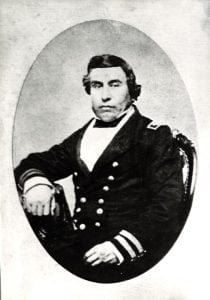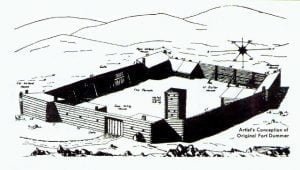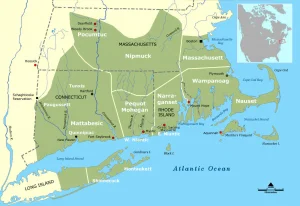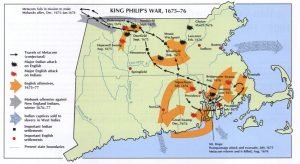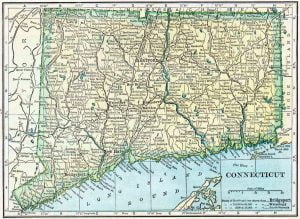Dutton Family of Norwich Vermont
The progenitor of this family in Norwich was Samuel Dutton, a lineal descendant of Thomas Dutton of Washington, Connecticut. Samuel Dutton was born March 1, 1707, and married Abigail Merriam, May 6, 1729. He died in Royalton, Vermont, in 1802, and his wife April 6, 1799. Mr. Dutton came from Washington, Connecticut, to Hartford, Vermont, and from the latter place to Norwich, locating on what is called Dutton hill, a little west of Norwich village. The original farm, with later additions, is now occupied by Otis Metcalf, son-in-law of the late Deacon John Dutton. Mr. Samuel Dutton married (first) Johanna … Read more

